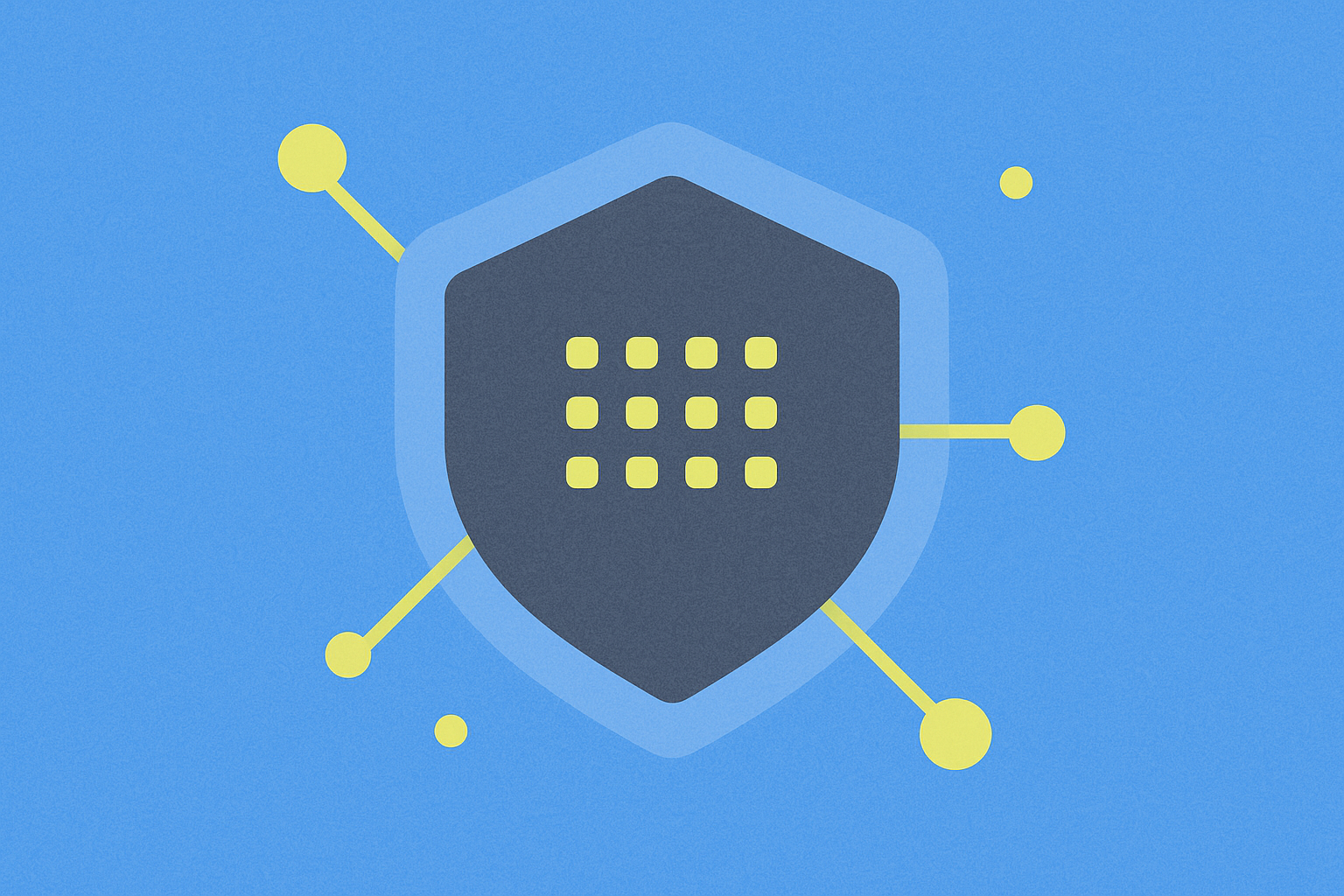Cüzdan ID'si nedir?

Şifre Çözme Cüzdan ID'si: Kripto para ticaretine giden kapınız.
Cüzdan ID'si, dijital kripto para biriminiz için benzersiz tanımlayıcı olarak hizmet eder.Cüzdan, geleneksel bankalardaki bir hesap numarasına benzer. Ancak, kripto para dünyasına yeni adım atan birçok kişi, Cüzdan ID'si ile cüzdan adresini sık sık karıştırmakta ve bu, işlemlerde potansiyel karmaşıklıklara yol açabilmektedir. Cüzdan ID'si, esasen Cüzdan'ınız için özel olarak üretilen benzersiz bir numaradır ve platformlara belirli Cüzdan'ınızı tanımlayıp doğrulama yolu sağlar. Kripto para tutkunları için yolculuklarına yeni başlayanlar için, Cüzdan ID'sini nasıl bulacaklarını anlamak hayati öneme sahip, çünkü bu bilgi hesap kurtarma, müşteri destek etkileşimleri veya aynı Cüzdan'a birden fazla cihazı bağlama gibi durumlarda gerekebilir. Çoğu kripto para platformu, Cüzdan ID'nizi hesap ayarları veya güvenlik bölümünde görüntüler, ancak kesin konum sağlayıcıya göre değişiklik gösterebilir.KapıKullanıcılar genellikle giriş yaptıktan sonra hesap panellerinde Cüzdan Kimliklerini bulabilirler. Cüzdan kimliğinin önemi yalnızca işlemlerle sınırlı değildir; dijital varlık yönetim sisteminizin temelini oluşturur, platformun mülklerinizi, işlem geçmişinizi ve güvenlik tercihlerinizi takip etmesine olanak tanırken, kripto paraların vaat ettiği merkeziyetsiz özellikleri sürdürür.
Cüzdan ID'si ve Cüzdan Adresi: Kriptopara Başlangıçcıları için Temel Farklılıklar
Kripto para dünyasında yeni başlayanların kavraması gereken en temel kavramlardan biri, Cüzdan ID'si ile Cüzdan adresi arasındaki farktır. Bu iki unsur kripto ekosisteminde tamamen farklı amaçlar için hizmet eder ve karıştırılması işlemler sırasında ciddi sonuçlara yol açabilir. Cüzdan adresi ile Cüzdan ID'si arasındaki karşılaştırma, temel işlevleri aracılığıyla anlaşılabilir:
| Fonksiyon | Cüzdan ID | Cüzdan adresi |
|---|---|---|
| Format | Tipik olarak alfanumerik ve platforma özgüdür. | blok zinciri özel karakter dizisi |
| Amaç | Platform içindeki dahili tanımlama | Fon almak için genel tanımlayıcı |
| Gizlilik Seviyesi | Gizli tutulmalıdır | Güvenli ve kamuya açık bir şekilde paylaş |
| Eşsizlik | Her hesap, bir platformda yalnızca bir tane olabilir. | Her cüzdan birden fazla adrese sahip olabilir. |
| Örnek | ABC123XYZ (platforma göre değişir) | 0x71C7656EC7ab88b098defB751B7401B5f6d8976F (Ethereum) |
Cüzdan ID'si, belirli kripto para platformlarında kişisel tanımlayıcınız olarak hizmet ederken, cüzdan adresi blok zincirindeki kamuya açık alma noktanız olarak işlev görmektedir. Cüzdan ID'si, Gate gibi platformların hesabınız ile varlıklarınız ve ayarlarınız arasında içsel bir ilişki kurmasına yardımcı olur. Bu içsel kimliklendirme sistemi, kripto para cüzdanlarının güvenli bir şekilde tanınmasını sağlarken, platformun hizmet sunma yeteneğini de korur. Diğer yandan, cüzdan adresi, başkalarının kripto para göndermek için bilmesi gereken bilgidir ve dijital varlıklar için bir e-posta adresi gibi işlev görmektedir. Bir cüzdan, özellikle her işlem için yeni adresler oluşturan platformlarda birden fazla adres üretebilir ve bu da gizliliği artırır. Bir cüzdan ID'sini korurken birden fazla alma adresi oluşturma yeteneği, kripto para ekosisteminde önemli bir güvenlik avantajını temsil eder ve kullanıcıların işlemlerini ayırmalarına olanak tanırken, birleşik kontrol sağlamaya devam eder.
Dijital Varlıklarınızı Koruyun: Cüzdan Kimliği Yönetimi için En İyi Uygulamalar
Yeni başlayanlar için, cüzdan kimlikleri için sağlam güvenlik önlemleri uygulamak, kripto para yatırımlarını korumakta önemli bir adımdır. Kripto varlıkların dijital doğası, doğru kimlik doğrulama güvenliğinin, fonlarınız üzerinde kontrolü sürdürüp sürdürmeyeceğinizi ya da kötü niyetli aktörlere teslim edip etmeyeceğinizi belirleyebileceği anlamına gelir. Siber güvenlik şirketi CipherTrace'in araştırmasına göre, yalnızca 2020 yılında 1.9 milyar dolardan fazla kripto para çalındı ve bu hırsızlıkların önemli bir kısmı, blok zincirindeki zayıflıklardan ziyade sızdırılmış cüzdan kimlik bilgileri nedeniyle gerçekleşti. Cüzdan kimliğiniz için güçlü bir kimlik doğrulama oluşturmak, tercihen SMS doğrulaması yerine bir kimlik doğrulama uygulaması kullanarak iki faktörlü kimlik doğrulama (2FA) uygulamakla başlar, çünkü SMS doğrulaması SIM değiştirme saldırılarına karşı savunmasızdır. Gate ve diğer tanınmış platformlardaki kullanıcılar, cüzdan kimliklerini çoklu doğrulama katmanları ile koruyan gelişmiş güvenlik özelliklerinden faydalanır. Kripto para hesapları için benzersiz ve karmaşık şifreler oluşturmak, korumanın bir diğer kritik katmanıdır; güvenlik uzmanları, şifrelerin en az 16 karakter uzunluğunda, harfler, sayılar ve özel karakterler içerecek şekilde olması gerektiğini önermektedir.
Kripto para cüzdanınıza erişen cihazların güvenliğini düzenli olarak denetlemek, potansiyel zafiyetleri istismar edilmeden önce tanımlamaya yardımcı olur. Bu, işletim sisteminizin ve cüzdan yazılımınızın güncel tutulmasını içerir, çünkü eski yazılımlar, daha yeni sürümlerde ele alınmış güvenlik açıkları içerebilir. Cüzdan kimliği bilgilerinizi ve kurtarma ifadelerinizi güvenli bir çevrimdışı konumda yedeklemek—örneğin, kağıt kayıtları su geçirmez ve ateşe dayanıklı bir kapta saklamak—dijital kayıtlar tehlikeye girse bile varlıklarınıza erişmeye devam etmenizi sağlar. Yüksek değere sahip varlıklar için, ekstra bir güvenlik katmanı sağlamak amacıyla bir donanım cüzdanı kullanmayı düşünün; çünkü bu cihazlar özel anahtarları çevrimdışı saklar ve böylece çevrimiçi tehditlere karşı daha az hassas hale gelirken, yine de cüzdan kimliğinin işlem doğrulaması için platformlarla bağlantı kurmasına olanak tanır.
Yaygın Cüzdan ID Sorunlarını Çözme: Uzman İpuçları ve Püf Noktaları
Deneyimli kripto para kullanıcıları bile bazen cüzdan ID'leri ile karmaşık sorunlarla karşılaşabilir, ancak yaygın sorunları ve çözümlerini anlamak çok zaman kazandırabilir ve potansiyel varlık kaybını önleyebilir. Erişim sorunları, cüzdan ID'leri ile ilgili en yaygın bildirilen sorunlardır ve genellikle unutulmuş parolalar, tarayıcı önbellek çakışmaları veya yanlış yapılandırılmış güvenlik ayarlarından kaynaklanır. Güvenlik uzmanları, cüzdan ID bilgilerini şifreli dijital kayıtlar olarak saklamak ve yedek kopyaları güvenli bir şekilde çevrimdışı depolamak için özel şifre yönetim yazılımları kullanmayı önermektedir. Kripto para destek platformlarından elde edilen veriler, destek taleplerinin yaklaşık %20'sinin cüzdan ID kurtarma süreci ile ilgili olduğunu göstermektedir, bu da bu zorlukların sıklığını vurgulamaktadır. Kurtarma süreci, farklı platformlar arasında önemli ölçüde değişiklik göstermektedir; Gate'in sadeleştirilmiş doğrulama prosedürü, gerekli belgelerin sağlanması durumunda genellikle erişim sorunlarını 24-48 saat içinde çözmektedir.
Cüzdan ID'leri ile blockchain ağları arasındaki senkronizasyon sorunları, bazen işlem gecikmeleri veya bakiye tutarsızlıkları olarak kendini gösterebilir. Bu sorunlar genellikle ağ tıkanıklığı, eksik blockchain indirmeleri veya güncel olmayan cüzdan yazılımı gibi nedenlerden kaynaklanır, cüzdan ID'sinin kendisiyle ilgili sorunlar değildir. Teknik çözümler arasında cüzdan yazılımının güncel tutulmasını sağlamak, ağ bağlantılarını doğrulamak ve yoğun ağ aktivitesi sırasında blockchain onayları için yeterli süre tanımak yer alır. İşlem doğrulama verileri, yoğun ağ tıkanıklığı dönemlerinde onay sürelerinin %300-500 oranında artabileceğini göstermektedir, ancak işlemler güvenli kalmaktadır. Çapraz platform uyumluluğu, birden fazla hizmet veya cihaz arasında cüzdan ID'lerini yöneten kullanıcılar için başka bir zorluk teşkil etmektedir. Standart protokolleri kullanan kripto para cüzdanları genellikle daha iyi birlikte çalışabilirlik sunarken, özel sistemler yeni platformlara bağlanırken ek doğrulama adımları gerektirebilir. Blockchain analiz firması Chainalysis tarafından yapılan araştırma, BIP39 tohum ifadeleri gibi endüstri standartlarını destekleyen cüzdanların, özel çözümlerden daha iyi kurtarma seçenekleri sunduğunu ve kullanıcıların dijital varlıklarını yönetirken daha fazla esneklik sağladığını göstermektedir.

Kripto Cüzdan Adreslerini Anlamak: Başlangıç Seviyesi Rehberi

Kripto Para Cüzdan Adreslerini Anlamak: Başlangıç Seviyesi Rehber

Kripto Kurtarma İfadenizi Geri Almanın Yolları: Uygulamalı Bir Kılavuz

BNB Cüzdanında Token ID Ne Anlama Geliyor?

Bitcoin'i Güvenli Bir Şekilde Bulma ve Talep Etme Yöntemleri

Kripto Dünyasında ICYM Ne Demektir

Web3.js Kütüphanesiyle Tanışın: Blockchain Geliştirme Kılavuzu

Web3 Çözümlerini Entegre Etmek İçin Kapsamlı Rehber







